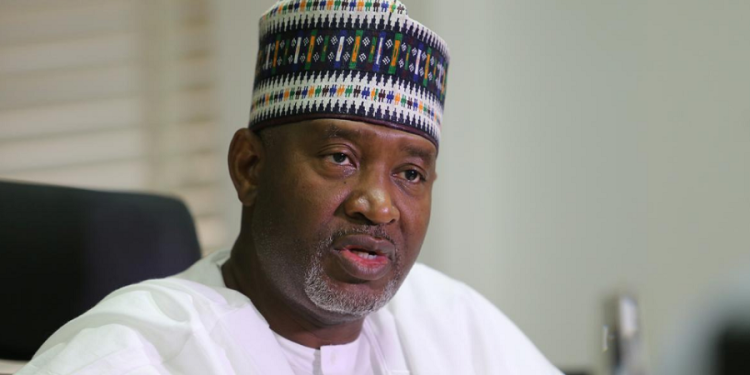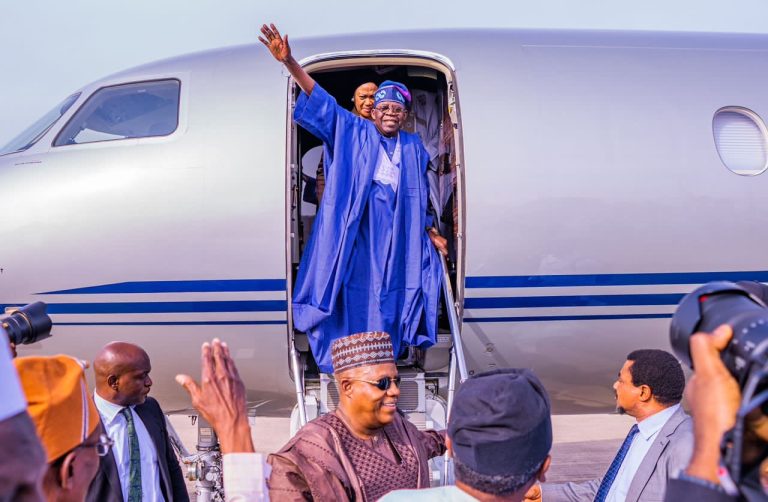The United States said on Sunday that the North Korean medium range missile crashed into the sea just 60 miles off Russia's Pacific coast line. Russia has disputed US claims that a missile launched by North Korea on the weekend landed dangerously close to the Russian city of Vladivostok.
Russia's ministry of defence said its early warning systems had tracked a missile that landed more than 300 miles from the coast and never posed any threat to Russian territory on its 23 minute flight.
"The North Korean rocket followed a trajectory away from Russia and at a significant distance," the ministry said in a statement on Monday morning. "This missile launch posed no threat to the Russian Federation."
Missile 'can carry heavy nuclear warhead'
North Korea said on Monday that the missile it launched over the weekend was a new type of "medium long-range" ballistic rocket that can carry a heavy nuclear warhead.
A jubilant leader Kim Jong-un promised more nuclear and missile tests and warned that North Korean weapons could strike the US mainland and Pacific holdings.
North Korean propaganda must be considered with wariness - Pyongyang has threatened for
decades to reduce Seoul to a "sea of fire," for instance - but Monday's claim, if confirmed, would mark another big advance toward the North's goal of fielding a nuclear-tipped missile capable of reaching the US mainland.
Some experts, including officials in Tokyo, estimate that Sunday's launch successfully tested a new type of missile in Pyongyang's arsenal.
South Korea's military said on Monday that more analysis is needed to verify the North's claim.
The test is also an immediate challenge to South Korea's new leader, Moon Jae-in, a liberal elected last week who expressed a desire to reach out to North Korea. Pyongyang's aggressive push to boost its weapons program also makes it one of the Trump administration's most urgent foreign policy worries, though Washington has struggled to settle on a policy.
North Korea's official Korean Central News Agency called the missile a "new ground-to-ground medium long-range strategic ballistic rocket," and said the "Hwasong-12" was "capable of carrying a large, heavy nuclear warhead."
The North Korean dictator was said to have witnessed the test and "hugged officials in the field of rocket research, saying that they worked hard to achieve a great thing," according to the North Korean Central News Agency (KCNA).
The missile flew for half an hour and reached an unusually high altitude before landing in the Sea of Japan, the South Korean, Japanese and US militaries said.
The rocket, "newly designed in a Korean-style," flew 787 kilometers (490 miles) and reached a maximum altitude of 2,111.5 kilometers (1,310 miles), the North said, and "verified the homing feature of the warhead under the worst re-entry situation and accurate performance of detonation system."
North Korea is not thought to be able yet to make a nuclear warhead small enough to mount on a long-range missile, though some outside analysts think they can arm shorter range missiles with warheads; each new nuclear test is part of the North's attempt to build a nuclear-tipped long-range missile. Kim said the North would stage more nuclear and missile tests in order to perfect nuclear bombs needed to deal with US "nuclear blackmail."
State media paraphrased Kim as saying that "the most perfect weapon systems in the world will never become the eternal exclusive property of the US, ... strongly warning the US should not ... disregard or misjudge the reality that its mainland and Pacific operation region are in (North Korea's) sighting range for strike." The launch complicates the new South Korean president's plan to talk to the North, and came as US, Japanese and European navies gather for joint war games in the Pacific.
"The president expressed deep regret over the fact that this reckless provocation ... occurred just days after a new government was launched in South Korea," senior presidential secretary Yoon Young-chan said. "The president said we are leaving open the possibility of dialogue with North Korea, but we should sternly deal with a provocation to prevent North Korea from miscalculating."
Mr Moon, South Korea's first liberal leader in nearly a decade, said as he took his oath of office last week that he'd be willing to visit the North if the circumstances were right.
The UN Security Council will hold closed consultations about the launch on Tuesday afternoon, according to the UN Mission for Uruguay, which holds the council presidency this month.
Nikki Haley, the US ambassador to the UN, said on ABC television that the United States has been working well with China, Pyongyang's closest ally, and she raised the possibility of new sanctions against North Korea, including on oil imports.
The Security Council has adopted six increasingly tougher sanctions resolutions against North Korea.
President Donald Trump's administration has called North Korean ballistic and nuclear efforts unacceptable, but it has swung between threats of military action and offers to talk as it formulates a policy.
While Mr Trump has said he'd be "honored" to talk with the North Koran leader under favorable conditions, Ms Haley seemed to rule out the possibility. "Having a missile test is not the way to sit down with the president, because he's absolutely not going to do it," she told ABC.
Factbox | North Korea's Musudan Missile
1) A ground-launched Intermediate Range Ballistic Missile (IRBM), developed by North Korea that could deliver a nuclear warhead.
2) The Musudan is based on the R27 missile, developed by the Soviet Union in 1983.
3) North Korea is believed to have sold the designs for the Musudan to Iran, which has produced its own variant known as the Shahab-4.
4) The Musudan's range is anywhere between 1,500 and 2,500 miles, meaning that North Korea could launch a nuclear attack on countries like South Korea, Japan or the US Pacific territory of Guam.
The US Pacific Command said the flight of Sunday's test "is not consistent with an intercontinental ballistic missile," a technology the North is believed to have tested clandestinely by launching rockets to put satellites in orbit.
David Wright, co-director of the Global Security Program at the Union of Concerned Scientists, said the missile could have a range of 4,500 kilometers (about 2,800 miles) if flown on a standard, instead of a lofted, trajectory - considerably longer than Pyongyang's current missiles.
He said Sunday's launch - the seventh such firing by North Korea this year - may have been of a new mobile, two-stage liquid-fueled missile North Korea displayed in a huge April 15 military parade.
Japanese Prime Minister Shinzo Abe told reporters that the launch was "absolutely unacceptable" and that Japan would respond resolutely.
The White House took note of the missile landing close to Russia's Pacific coast and said in a statement that North Korea has been "a flagrant menace for far too long."
Italian Premier Paolo Gentiloni said the G-7 summit his country is hosting later this month would discuss how to deal with the risk North Korea's missile launchings pose to global security.
"It's a serious problem for global stability and security, and I'm convinced that the upcoming G-7, in friendship, will contribute to resolving this issue," he said in Beijing.
The launch came as troops from the US, Japan and two European nations gather near Guam for drills that are partly a message to North Korea. The USS Carl Vinson, an aircraft supercarrier, is also engaging with South Korean navy ships in waters off the Korean Peninsula, according to Seoul's defence ministry.
Culled from Telegraph News





















